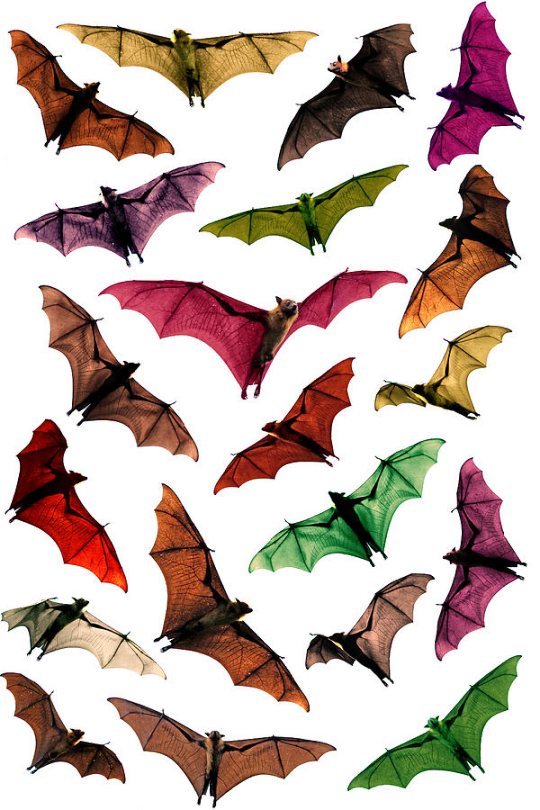Notes, images + inspiration by South Auckland-based artist-curator Ema Tavola
Don't wanna be here? Send us removal request.
Text
Wayfinding Through ‘Nuku Yara Ni Siga’: Dravuni Island’s Legendary War Cry
What is Wayfinding? ‘Wayfinding’ is essentially knowing where you are, where you are headed, how to get there, how to recognise when you are there, and when needed, how to find your way back out of a place. Wayfinding enables problem solving and moving around spaces by using consistent environmental clues. ‘Nuku Yara Ni siga’ is Dravuni Island’s war cry. The island warriors, when they are ready…
0 notes
Text

Fantasy flying fox fruit bats in sky“ by Paul Kennedy
16K notes
·
View notes
Text
Kaidravuni.com Revitalisation
All that has happened in the world in terms of pandemic, climate change calamities, economic ups and downs, rising geopolitical tensions, with effect from 2020, have had their various adverse ways of impacting plans – be they state, corporate or personal. Kaidravuni.com has certainly had its share of adversities – in some unexpected and inexplicable ways; and our capacities for servicing and…

View On WordPress
0 notes
Text
Volcanoes and Legends: Part 3
Volcanoes and Legends: Part 3
My previous post, Volcanoes and Legends: Part 2, linked volcanic activities on Vanuakula Island, west of Dravuni, to its own legend of Ravouvou and Raluve iVanuakula. My narration of the legend is contained under Legends.
The legend has it that when Naitotokowalu’s waqa titi (sailing craft) arrived back on Dravuni, after Naitotokowalu (the vu of Nakasaleka) and Ravouvou iVanuakula had…
View On WordPress
0 notes
Text
Volcanoes and Legends: Part 2
Volcanoes and Legends: Part 2
My second posting under ‘Legends’ is: The Tale of Ravouvou and Raluve iVanuakula. Like my first legend, this too, has a connection to volcanoes and aspects of climate change.
Vanuakula Island, like all other Astrolabe Islands, is volcanic.[1]The southeast coast of the island, for example, represents the steeper inner wall of the original caldera formed from the volcanic eruptions of the two…
View On WordPress
0 notes
Text
Volcanoes and Legends
I have written about the legend of Tanovo and Tautaumolau (see Legends). The legend has attracted scholastic interest. Two scientific papers available to me[1]have treated the legend as a narrative, conceived by early ancestors (of Ono and Nabukelevu) to explain, in their own way of seeing, knowing and imagining a volcanic eruption of Nabukelevu (Mt Washington). Locals also refer to the mountain…
View On WordPress
0 notes
Text
Exploring Dravuni’s Volcanic and Climate Change Past
Exploring Dravuni’s Volcanic and Climate Change Past
I briefly introduced these two aspects of Dravuni in earlier postings. In the posting: Solo Lighthouse: beams light to ward off mariners from its treacherous rocks; hides secrets from the past, I touched on the volcanic characteristics of the Solo Reefs and the Solo rock on which Solo Lighthouse stands today. In my Reflection: It was a triple hit in 1959: the prospect for the same in future…
View On WordPress
0 notes
Text
Translating Poetry into Fijian Language is No Mean Feat
Translating Poetry into Fijian Language is No Mean Feat
The uploaded video records my reading of the Fijian version of Vunilagi, a poem I had penned in English and posted (see Poetry). Vunilagi is the Fijian version of horizon. The overlaying picture is taken on top of Natute, the highest peak on Dravuni – an andesite plug, 110m high. The photographer is looking south west…
View On WordPress
1 note
·
View note
















